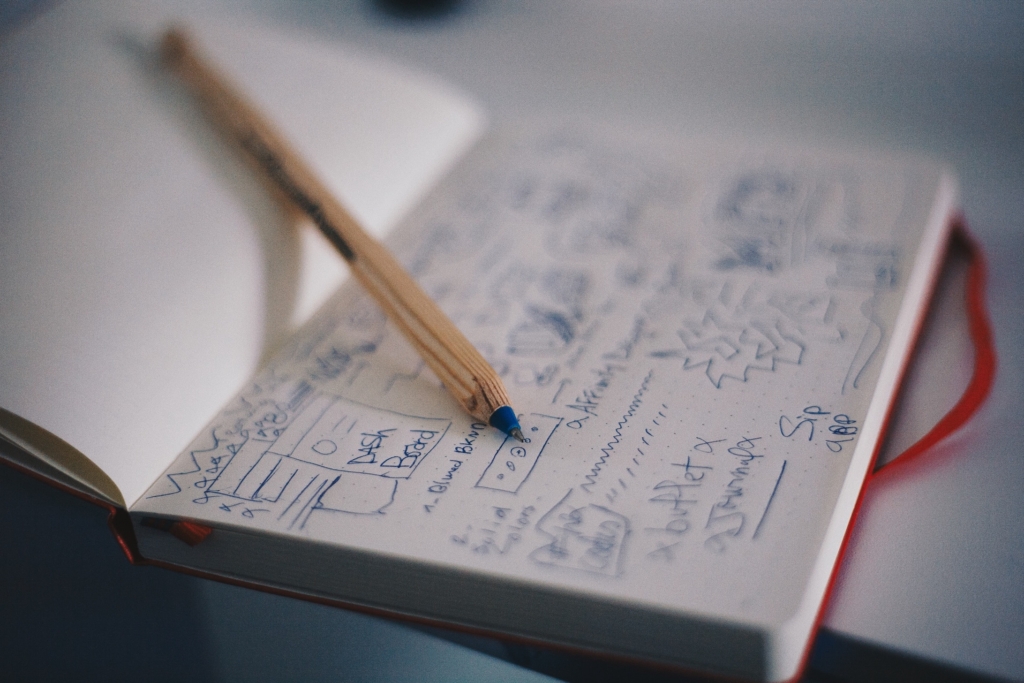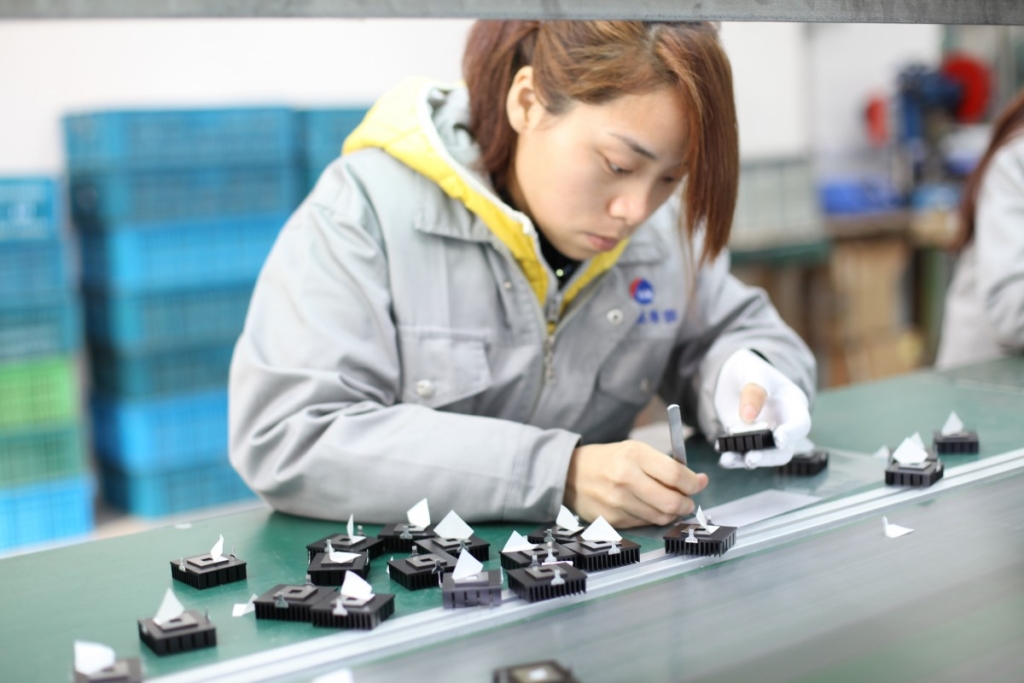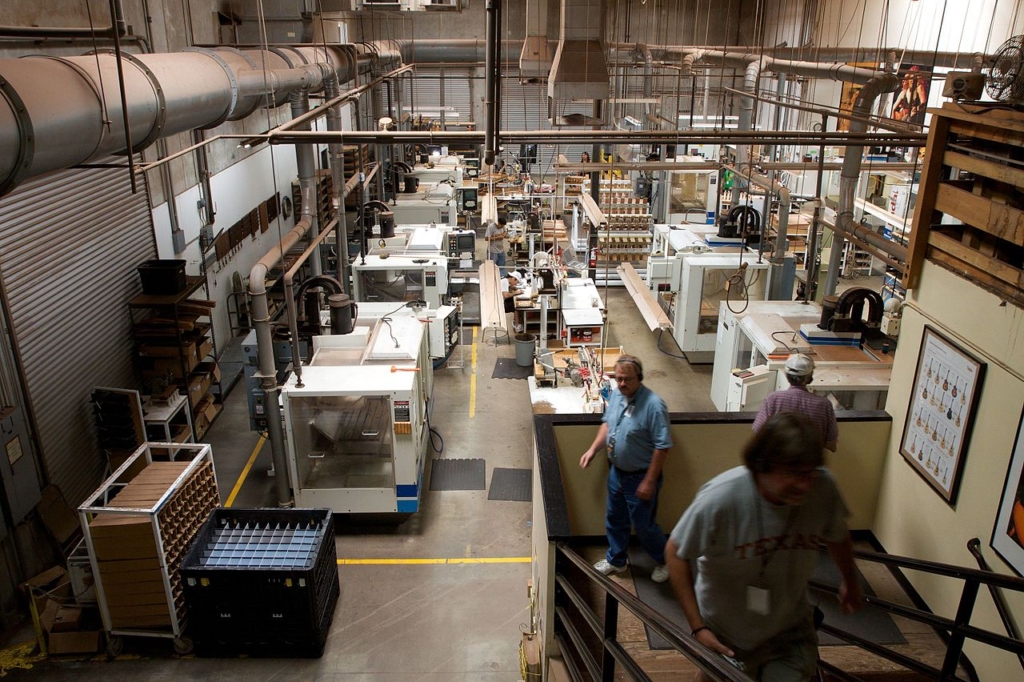Creating a new product is a big part of many different businesses. A new product can mean new revenue opportunities, but there’s also a lot of work that goes into the product design process. If you have a new product idea and are trying to figure out what the necessary steps are, it’s essential to understand what product engineering is and how it fits into mass manufacturing.
What Is Product Design for Mass Manufacturing
Unless your product is a handmade item that will only be produced one or two at a time, you will likely need to hire a manufacturer to make the product for you. Mass manufacturing—whether through an assembly line or more complex production systems—is the easiest way to make a product affordable, as well as making sure you have enough of the product to keep customers happy.
Stage One: Concept

Every great product starts with an idea. Perhaps you want to make a pen that is ergonomic and comfortable for left-handed users. Perhaps you have an idea for a new toy or have an idea for an improvement on current technology.
Whatever that dream is, it can’t go any farther than your head without some sort of drawing or description to show other members of your team how it works.
A product design service can be helpful here, using your ideas plus their experiences to help you figure out the nuts and bolts of your idea, making sketches or even renders based on it.
If your idea is very complex—and you don’t know quite how to get it off the ground—you may need a design engineering service to help you. Engineers can help you troubleshoot a product that isn’t working properly, improve on the design that you have, and give general suggestions to help make the product more user-friendly.
Whatever you choose, the resulting documentation is your concept design, which you will need for the next phase in the manufacturing process.
Stage Two: CAD Design

After the initial concept phase has been completed, the next step is to make a manufacturer-ready design. This is a design that is a lot more detailed than the sketches or renders you came up with before. Every single bolt, screw, and wire needs to be accounted for in the CAD design. Instructions for each part need to be included, and details on precisely what sort of materials are also necessary.
This part requires the help of a professional. Often, a design has been sent to a manufacturer only to have that design rejected because the parts don’t have dye angles submitted or other important information that tells the manufacturer what needs to be done.
Finding a good industrial engineer is essential for this phase so that you can send your documents to the manufacturer with confidence, knowing they’ll be able to understand what it is you want made.
Stage Three: Prototype

No matter how beautifully detailed a CAD design is, having a working prototype is also helpful to show the manufacturer what it should look like after it is completed. The prototype doesn’t have to be made with expensive materials, but it does need to be as complete as possible so they can see how it works.
If it’s a clothing item, how should the zippers and pockets be? What sort of decorations does it have? If it’s a toy, does it have moving parts, and if so, how do they move?
A prototype can help clear up any confusion the CAD designs show and give the manufacturer confidence that what they have made is what you want.
Not all manufacturers are willing to run off prototypes, so if you’re planning to have this done by your manufacturer, it’s best to ask ahead. Expect to pay higher prices per item for a smaller run, due to the cost of preparing the machines and the fact that it’s a small run.
If you don’t want to cover the cost of manufacturing your prototype, you can, in some cases, make it yourself. One great way you can reduce the cost of making a prototype while still getting a quality item is to have it 3D printed. 3D printers have gotten cheaper, and are widely available both at businesses and for sale. Some forward-thinking libraries even have a 3D printer available for experimentation, although these are still very few.
As long as your prototype gets a general idea across, even a cobbled-together prototype should be fine. The only exception would be if you plan to use the prototypes to help raise money, or to show to investors. If this is the case, spending the extra money on a high-quality prototype that will impress potential investors is worth it.
Quality prototypes are also useful if you plan to crowdsource the funds needed to manufacture your product. Seeing an exciting new product in action may encourage more people to invest in it, helping you to get the money you need.
Stage Four: Test

The final stage before production is the testing phase. Although modern CAD software has made it that minimal testing needs to be done. CAD software can measure durability in a variety of situations, from extreme weather to falls from heights.
Testing through CAD software is enough to where you may not have to do a significant number of testing phases to confirm a product’s durability. Although CAD software is very advanced, it’s still necessary to confirm the results with at least one round of testing first.
The last thing you want is to run off an order of 10,000 products, only to discover a fatal mistake after you already have the products in your inventory.
Giving your product to a small test group can help you see how the product will be used, and if it is used in a way you’re not expecting. As the creator of the product, you and everyone on your team know exactly how something goes together, and you may be surprised to find a customer struggling with it.
A test is also helpful in letting fresh eyes look at the product, helping a CAD service to find out before the product is shown to thousands if there is an embarrassing association with the shape or color, or if used in the wrong way it could be dangerous.
There are dozens of products that have gone viral not because they are practical or useful, but because their design was not well thought out. Examples of this include Lego coffee mugs, which might seem like a great idea, until you try to drink out of one. Others include puzzle pieces that don’t fit together well or a geographically inaccurate map.
Fresh eyes can help point these things out before you have spent the money on a large order, potentially averting disaster. CAD software can test for the breakability of an item or show its appearance, but it won’t show if a dog toy looks like something else to a customer. That’s why a test phase is still essential, no matter how good CAD software has become.
Stage Five: Production

At long last, the final stage of production is finding a manufacturer to help you make the product. This is a very important stage because, in the end, the most significant part of your investment is tied up in manufacturing. Up until this point, every step you have taken is to ensure this phase of the production process goes as smoothly as possible.
Before you can send the data you have collected for product creation to a manufacturer, you need to select an appropriate one. Keep in mind when you seek a manufacturer, that you will likely be working with this manufacturer for many years if the product launch goes well. That means it’s essential to be as selective about who produces your product as you might be on picking out a new life partner.
A Few Tips for Finding a Great Manufacturer Include:

Ask Your Product Designer
Without previous experience in the industry, finding a quality manufacturer can be hard. Luckily, if you’ve used a product or industrial design service to help create your product, you may already have an ‘in.’ Ask your product designer who they recommend.
As someone experienced in the industry, they have probably seen their designs go off to several different manufacturers and know who was easy to work with and who had disappointing results.
If they have a recommendation, choosing their manufacturer of choice is probably your best option; otherwise, things get even trickier. When a product designer makes a recommendation, they’re not just floating a few words around. They’re staking the reputation of their business on the fact that this company will get what you need done.
Going it on your own is probably the worst possible choice, but if it needs to be done, you have a few options for making your efforts successful.
Speak with a Minimum of Three Potential Manufacturers
If you don’t have a designer to ask, you can still find a proper manufacturer with a little digging. Your best bet is to start by asking a lot of questions from a lot of different manufacturers. You can’t get a good idea of what is available, and what sort of quality a manufacturer is, until you’ve spoken with at least three potential partners. Even if you love the first person you spoke with, another person might be more pleasant to work with, offer features you didn’t know existed, or have better pricing for the same quality work. Without asking around, you won’t know what is available.
Not Sure Where to Start Looking? Try Alibaba
Alibaba is a website designed to help you connect with the people you need. Thousands of potential manufacturers are available on Alibaba and other similar websites. You can start your search there and take note of any people that interest you. Be careful to check reviews before making any kind of decision. Having thousands of copies of an inferior product on your hands is a disastrous way to learn about a new company.
Try to Visit the Manufacturing Location in Person
Manufacturing large quantities or even a small run of products is a considerable investment. You’ll be tying up thousands or sometimes even millions of dollars into this process. Even if plane tickets for trips outside the United States seem like an unnecessary expense, visiting the manufacturing location can tell you a lot about the people and the company you’ll be working with.
This is also a good chance to talk about your product, and hopefully clear up any confusion about it before it goes into production.
Once you have found a great manufacturer, getting your product created is a matter of waiting. You may have to wait a few weeks in order for the correct molds to be made if your product is made out of plastics or similar materials.
After this, you’ll need to have the product packaged and shipped. Your manufacturer can usually arrange to package as long as your product doesn’t need something unique in order to be properly secured.
Cad Crowd Can Connect You With Manufacturing Services
Remember when planning out advertising and other time-sensitive materials related to your product that shipping the product to you may take some weeks. Your product will have to be shipped by freight, and depending on the location you have chosen for manufacturing, it may be quite a distance away.
Getting your product manufactured is a big undertaking. Your product has a long journey to take from the first idea to the end product, and there are dozens of steps along the way. Don’t be discouraged if you’re only on the concept phase and are worried you won’t be able to make it to the end. Product manufacturing has become easier than ever before, thanks to modern technologies.
If you want help, we’re there for you. Find out how it works today.
